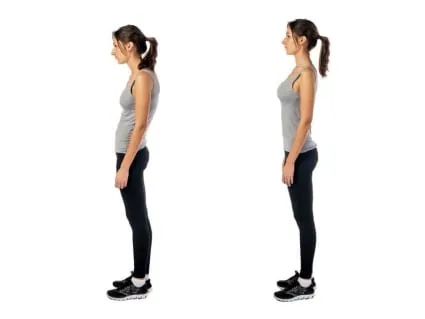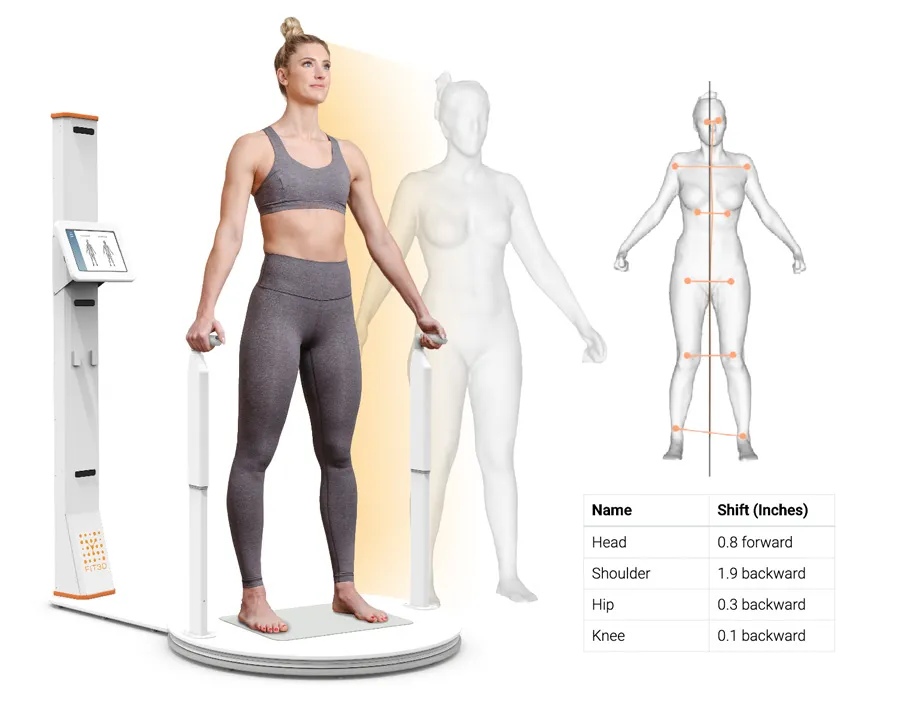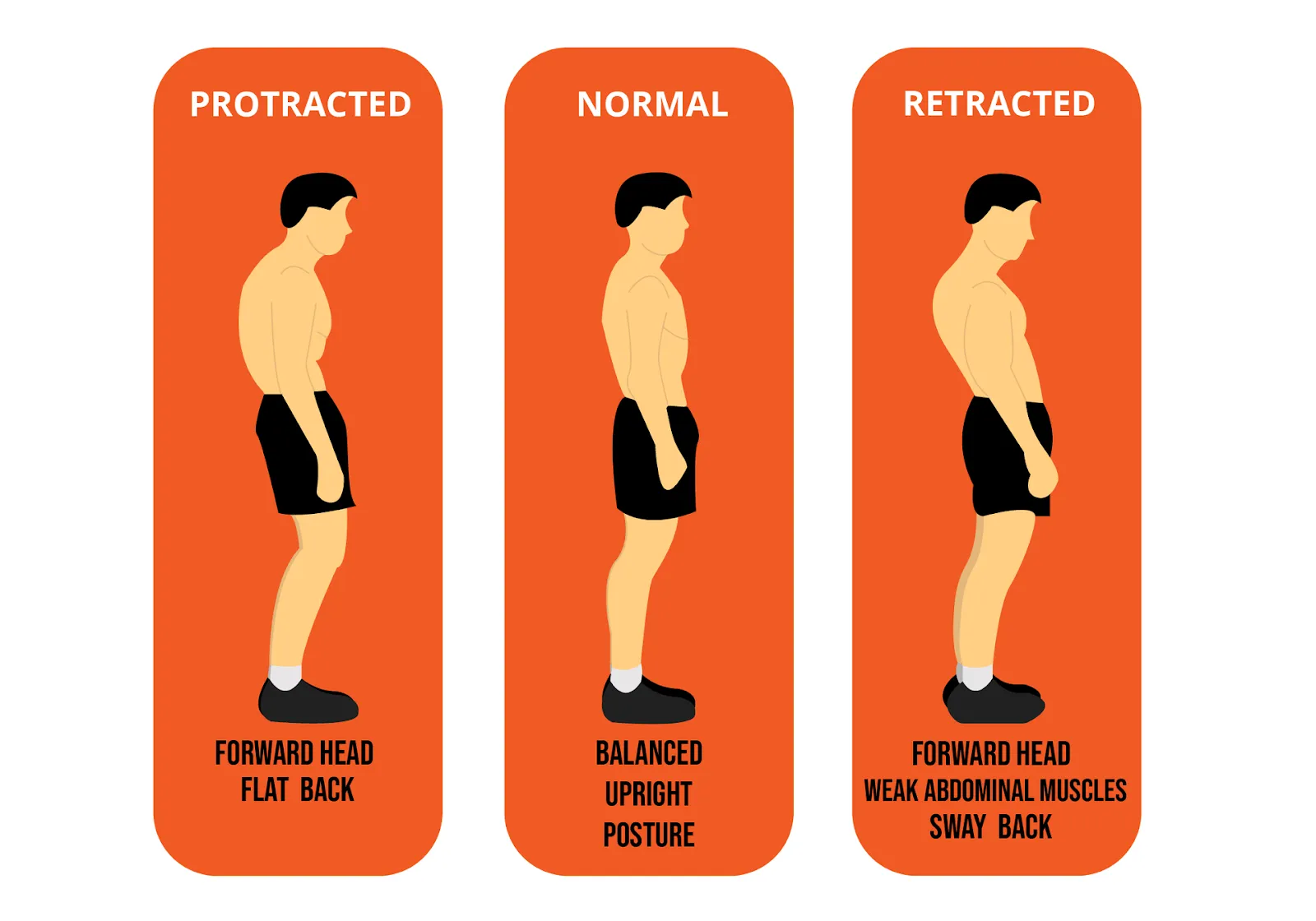
Postural assessment plays a crucial role in healthcare, offering valuable insights into a person's musculoskeletal health and overall well-being. Understanding the purpose and key components of postural assessment is essential in identifying common postural issues that can lead to chronic pain and injuries. With the use of professional tools such as advanced imaging technology and computerized postural analysis, healthcare professionals can detect early signs of musculoskeletal problems and develop customized treatment plans to target the root causes of pain. Moreover, implementing postural assessment in healthcare practices, including chiropractic clinics, can enhance the accuracy and reliability of assessment findings, ultimately improving the quality of patient care. As we delve into the significance of postural assessment, we will explore its role in rehabilitation, its impact on different age groups, and the process of conducting a thorough assessment. By integrating postural assessment into healthcare practices and ensuring its accuracy, healthcare professionals can effectively prevent and manage musculoskeletal issues, ultimately promoting long-term postural health and well-being.
Postural assessment plays a crucial role in identifying any musculoskeletal imbalances or abnormalities that may be causing pain, discomfort, or affecting an individual’s mobility. The primary purpose of conducting a postural assessment is to evaluate the alignment and positioning of various body parts to determine if there are any deviations from the ideal posture.
Several key components need to be evaluated during a postural assessment, including the alignment of the head, shoulders, spine, pelvis, hips, knees, and feet. Evaluating these components helps in identifying any asymmetry or misalignments that could potentially lead to musculoskeletal issues or impact overall functionality and performance.
Common postural issues that can be identified through a thorough postural assessment include forward head posture (FHP), rounded shoulders, anterior pelvic tilt (APT), flat back posture, sway back posture, and more. By recognizing these common problems early on through a comprehensive evaluation process, corrective measures can be implemented to prevent further complications and improve overall quality of life.
Postural assessment plays a crucial role in healthcare as it helps in the early detection of musculoskeletal problems. By analysing an individual's posture, healthcare professionals can identify any postural deviations or imbalances that may lead to musculoskeletal issues. This early detection allows for timely intervention and treatment to prevent more severe complications down the line.
In addition, postural assessment is essential for preventing chronic pain and injuries. Poor posture can put excessive strain on muscles and joints, leading to discomfort and long-term damage if not addressed. Through regular postural assessments, individuals can receive guidance on correcting their posture and implementing ergonomic changes to their daily activities, thus reducing the risk of chronic pain and injuries.
Furthermore, conducting a postural assessment contributes to improving overall well-being. A balanced and aligned posture promotes better body mechanics, reduced muscle tension, and improved circulation. This ultimately enhances an individual's quality of life by fostering physical comfort, mobility, and functional efficiency.
Postural assessment is an essential tool in aiding chiropractic care as it allows for the development of customized treatment plans. By analysing a patient's posture, a chiropractor can identify specific areas of misalignment and design a personalized approach to address these issues. This tailored treatment plan ensures that the root causes of pain and discomfort are directly targeted, leading to more effective and efficient care.
Additionally, postural assessment plays a crucial role in promoting long-term postural health. Through regular assessments, chiropractors can monitor changes in a patient's posture over time and make necessary adjustments to their treatment plan. By addressing postural imbalances early on, patients can prevent chronic pain and musculoskeletal problems, ultimately leading to improved overall well-being.
In summary, postural assessment is invaluable in providing comprehensive chiropractic care by enabling individualized treatment plans and promoting sustained postural health. It serves as a fundamental tool in addressing the underlying causes of discomfort while fostering long-term wellness for patients.

advanced imaging technology plays a crucial role in postural assessment by providing clear and comprehensive images of the body's alignment and structure. This includes X-rays, MRIs, and CT scans that enable healthcare professionals to identify any abnormalities or irregularities in posture. These imaging tools allow for an in-depth analysis of spinal curvature, joint positioning, and overall musculoskeletal alignment.
Manual evaluation techniques are also important for a thorough postural assessment. This involves the use of hands-on methods to observe and manipulate the patient's posture, such as observing standing or sitting posture, gait analysis, range-of-motion tests, and muscle length testing. Manual techniques provide valuable insight into the functional aspects of posture and aid in identifying areas of weakness or imbalance that may contribute to postural issues.
Computerized postural analysis is another vital tool used by professionals to assess posture with precision. This method utilizes specialized software and equipment to conduct detailed measurements of skeletal alignment and movement patterns. By capturing data on body positioning during various activities like walking or bending, computerized analysis helps identify asymmetries or deviations from ideal posture.

Postural assessment plays a crucial role in rehabilitation by helping to restore proper body alignment. This is essential for individuals who have suffered from injuries or are recovering from certain conditions, as it helps to identify and address any postural imbalances that may be contributing to their symptoms. By correcting these imbalances through targeted exercises and interventions, postural assessment can significantly enhance the recovery process.
Furthermore, postural assessment can also aid in preventing relapse of certain conditions. Through regular monitoring of a patient's posture, healthcare professionals can identify early signs of deterioration and intervene accordingly. This proactive approach not only helps individuals maintain the progress they have made during rehabilitation but also minimizes the risk of future setbacks or complications.
Overall, the incorporation of postural assessment into rehabilitation programs can lead to more comprehensive and effective outcomes for patients. By addressing underlying postural issues, healthcare providers can optimize treatment plans and support individuals in achieving long-term improvements in their physical function and overall well-being.
The postural assessment process typically begins with an initial consultation and history taking. This step allows the healthcare professional to gather information about any previous injuries, daily activities, and potential areas of concern. By understanding the patient's history, it becomes easier to identify any underlying issues that may be contributing to poor posture.
Following the initial consultation, a physical examination is conducted along with various measurements. These assessments help in evaluating muscle strength, joint flexibility, and overall alignment of the body. In addition to visual observation, specific tools such as plumb lines or goniometers may be used to measure angles and distances for a more accurate analysis.
Once all data has been collected, the results of the postural assessment are interpreted to determine any deviations from the ideal posture. This can include a forward head position, rounded shoulders, or pelvic tilt among others. Understanding these deviations plays a crucial role in developing an effective treatment plan tailored to address individual postural issues.
For children and adolescents, postural assessment is crucial as it can help identify any early signs of musculoskeletal issues or developmental abnormalities. This can include assessing their spine alignment, muscle strength, and joint flexibility to ensure proper growth and development. Early intervention based on the findings of a postural assessment can prevent long-term complications and improve overall quality of life.
In adults and working professionals, maintaining good posture is important for preventing chronic back pain, neck strain, and other musculoskeletal issues. A postural assessment can help identify any imbalances or weaknesses that may be contributing to poor posture. It can also provide insight into ergonomic adjustments that may be needed in the workplace to promote better posture and reduce the risk of work-related injuries.
As individuals age, they are more prone to develop postural changes due to factors such as decreased bone density, muscle weakness, and joint degeneration. In the elderly population, a postural assessment can help in identifying fall risks by evaluating balance control and gait patterns. It can also lead to interventions such as strength training exercises or assistive devices that support upright posture and reduce the risk of falls.
Integrating postural assessment into chiropractic clinics is essential for providing comprehensive care to patients. By including a postural assessment as part of the initial patient evaluation, chiropractors can gain valuable insights into the structural alignment and function of the body. This information allows for more tailored treatment plans and helps address underlying issues that may be contributing to a patient's discomfort or pain.
In addition to integrating postural assessments into individualized care plans, it's crucial to educate patients on the importance of this evaluation. Many individuals may not fully understand how their posture impacts their overall health and well-being. By explaining the significance of a postural assessment, healthcare professionals can empower patients to take an active role in improving their posture and preventing future musculoskeletal issues.
Furthermore, collaborating with other healthcare professionals, such as physical therapists, occupational therapists, and orthopaedic specialists, can enhance the effectiveness of postural assessments. By sharing findings and creating interdisciplinary treatment approaches, practitioners can provide more comprehensive care for their patients. Working together also fosters a holistic approach to addressing postural imbalances and associated symptoms.

Standardized assessment protocols play a crucial role in ensuring accuracy and reliability in postural assessment. By following established guidelines for conducting assessments, healthcare professionals can minimize variability and ensure consistent measurement techniques across different individuals. This not only helps in obtaining more reliable data but also allows for easier comparison of findings between different assessments.
Minimizing measurement errors is another key aspect when it comes to postural assessment. By paying close attention to detail and consistently applying the correct measuring techniques, healthcare professionals can reduce the likelihood of errors that could impact the accuracy of their findings. This includes properly positioning the individual being assessed, using standardized landmarks for measurements, and maintaining a neutral posture during assessments.
Validating assessment findings by comparing results with other objective measures or re-evaluating at a later time point can further enhance the accuracy and reliability of postural assessments. This step ensures that the information obtained from the assessment aligns with other indicators of postural alignment or any changes observed over time, thereby increasing confidence in the validity of the initial assessment.
At Prime Chiro, we understand the importance of finding the best chiropractor near you in Lansvale NSW and nearby areas of Fairfield, Liverpool, and Cabramatta. Our experienced team is dedicated to providing top-notch chiropractic care and consultation services to individuals in these areas. Whether you are suffering from back pain, neck pain, or any other musculoskeletal issues, we are here to help. Our skilled chiropractors use a combination of manual adjustments, soft tissue therapy, and exercise rehabilitation to help you achieve optimal health and wellness. Contact Prime Chiro today to schedule a consultation and take the first step towards a pain-free life.
A postural assessment is an evaluation of a person's posture, which involves observing their body alignment and identifying any imbalances or abnormalities.
A postural assessment is important because it helps identify any postural issues or imbalances that can lead to pain, discomfort, and potential injuries. It allows for early intervention and the development of a targeted treatment plan.
Anyone can benefit from a postural assessment, especially individuals experiencing chronic pain, athletes looking to improve performance, individuals with sedentary lifestyles, and those recovering from injuries.
A postural assessment typically involves a visual examination of the body's alignment, assessing the position of the head, shoulders, spine, hips, and feet. It may also include functional movement tests and range of motion assessments.
The duration of a postural assessment can vary depending on the complexity of the case and the thoroughness of the assessment. It can range from 30 minutes to an hour or more.
TL;DR: Postural assessment is crucial in healthcare as it helps detect musculoskeletal issues early, prevents chronic pain and injuries, and improves overall well-being. It aids in chiropractic care, rehabilitation, and personalized treatment plans. Implementing standardized protocols ensures accuracy and reliability, benefiting individuals of all age groups.